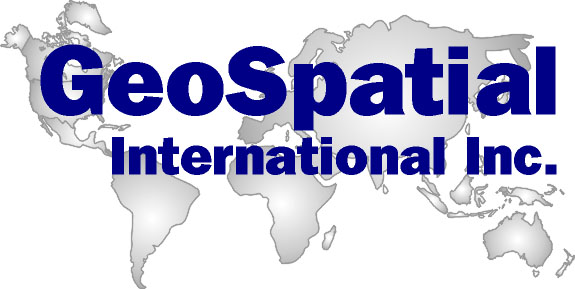7.4 Aerial Bombing
The oldest air-delivered UXO found in Cambodia date from World War II and from the French Indochina wars. However, these UXO are relatively insignificant in terms of numbers and extent of contamination. Most air-delivered UXO contamination in Cambodia is the result of US air attacks along the Ho Chi Minh Trail. This 'trail' was in fact a series of routes that ran from north to south through the entire eastern region of Cambodia in order to enable re-supply of Viet Cong forces operating in south Vietnam. In an effort to cut these resupply routes, the US dropped a variety of general-purpose high explosive bombs and a variety of submunitions across the entire region. It has been estimated that 540,000 tons of ordnance was dropped in this
relatively small area between
1969 and 1973.
See Aerial Bombing Map 1965 – 1975
The US Embassy in Cambodia generously provided the National Level One Survey Project with a partial set of the relevant US bombing records for the period 1965 - 1975. Although freely available to the public, the original bombing records were and remain archived in a coded format. Some of these records were recently decoded by the company, Management Support Technologies, Incorporated. It was these decoded records that were supplied for use by the Cambodia Level One Survey. Two sets of records were included in the package provided by the
US Embassy. One set of records provides relatively complete information on sorties including the type of ordnance dropped, target coordinates, description and pilot observation on the outcome of the strike. The other set of records is older and only provides the target coordinates of the strike.
The records provided indicate that between 1965 and 1975 there were at least 150,000 air attacks on Cambodia of which 15,000 are known to have dropped various types of cluster bombs.
Survey Database Manager, Dr. Reto Gass, entered the target coordinates indicated in the available bombing records to produce a map of potential air-dropped UXO contamination within the country. He geo-referenced these target coordinates with commune codes obtained from the
Cambodian National Gazeteer so that the database could be queried with respect to potential contamination within various administrative units (e.g. commune, district, province).
The following map of
Kampong Cham shows the aerial bombing strikes for the province. The result of this contamination and other military activities are shown in the next map of
village contamination types in Kampong Cham




